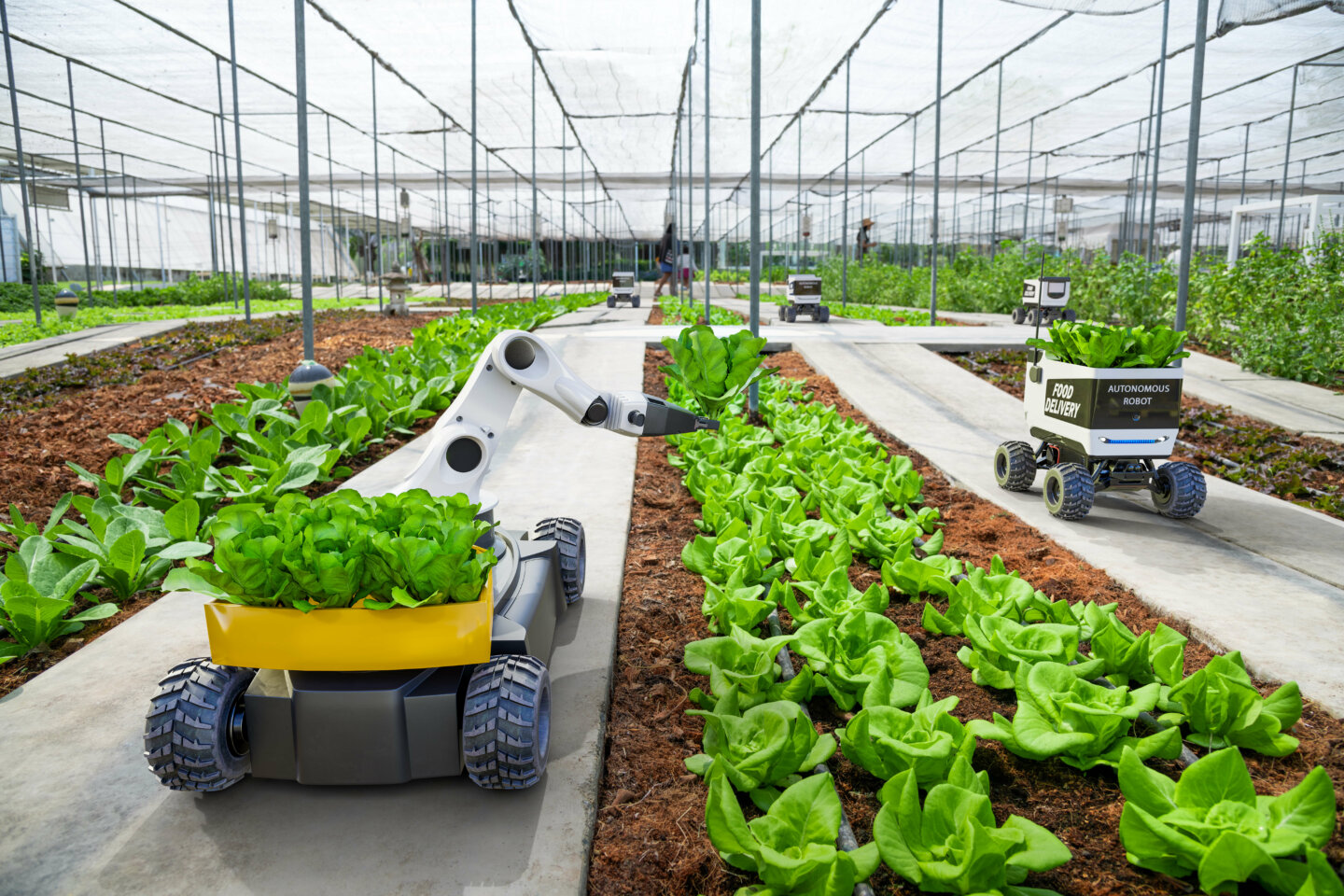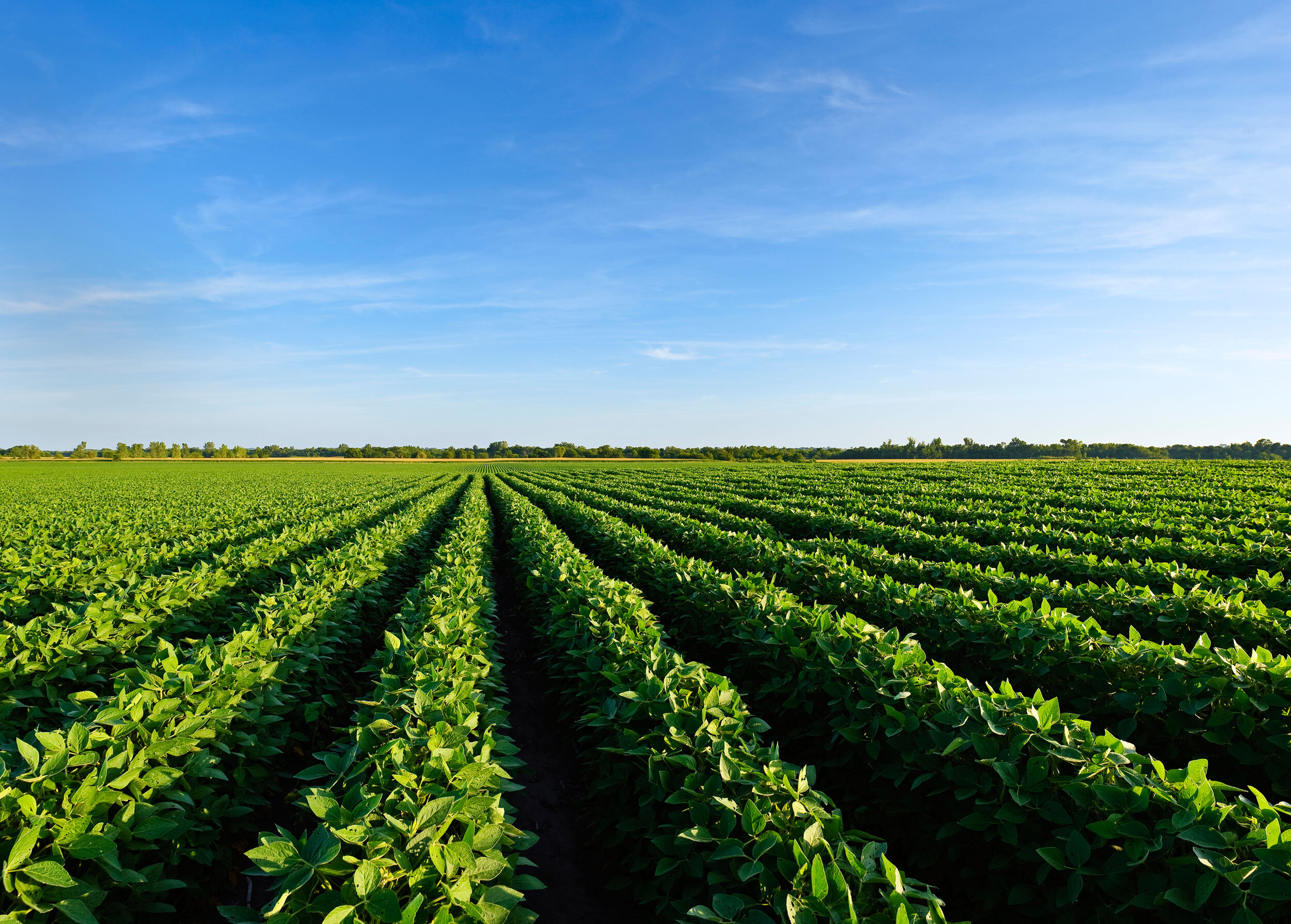The Benefits of Regenerative Agriculture for Soil Health
The Benefits of Regenerative Agriculture for Soil Health
Blog Article
Enhance Agricultural Productivity With High-Quality Water Soluble Polymers
These polymers use a range of benefits that can revolutionize conventional farming techniques, from boosting water retention and efficiency to maximizing dirt structure and nutrient shipment systems. By using the power of cutting-edge polymer remedies, farmers can potentially unlock new paths towards accomplishing greater plant yields while reducing environmental impacts.

Benefits of Water-Soluble Polymers
Water-soluble polymers offer a multitude of benefits in agricultural applications as a result of their boosted water retention buildings and capability to boost soil framework. Agriculture. These polymers, when included in the dirt, can dramatically enhance water holding ability, reducing the regularity of irrigation called for by crops. By forming a gel-like material when mixed with water, water-soluble polymers produce a tank that gradually releases dampness to plant roots, making sure a much more constant water during completely dry spells
Furthermore, these polymers aid in stopping soil disintegration by binding soil bits with each other, thus enhancing dirt framework and stability. Boosted soil framework permits better root infiltration and oygenation, promoting healthier plant development and higher plant returns. Water-soluble polymers also aid in nutrient retention by decreasing leaching, ensuring that essential nutrients stay readily available to plants for a longer duration.
Improved Water Retention and Performance
Enhancing agricultural water retention and effectiveness via the unification of advanced polymer innovations has become a vital emphasis in modern farming techniques. Water-soluble polymers play a critical role in enhancing soil framework, improving water seepage, and minimizing water dissipation prices. By creating a thin movie on the dirt surface area, these polymers aid to prevent water runoff and boost the dirt's water-holding capability, ensuring that plants have access to an adequate water supply.
Additionally, using high-quality water-soluble polymers can significantly reduce the regularity of watering, as they boost the dirt's capability to maintain wetness for longer periods. This not only saves water however also reduces the power and labor costs associated with irrigation techniques. In addition, enhanced water retention and effectiveness lead to much better nutrient uptake by plants, bring about boosted crop yields and overall farming efficiency.
Enhanced Nutrient Delivery Systems
Given the substantial effect of high-quality water-soluble polymers on boosting water retention and effectiveness in farming, the focus currently moves towards maximizing nutrient shipment systems to even more enhance plant growth and return. Improved nutrient shipment systems play a vital role in guaranteeing that plants obtain the needed nutrients in a form that is readily offered for uptake, promoting their total health and wellness and productivity. By incorporating water-soluble polymers right into nutrient delivery systems, the performance of nutrient uptake by plants can be substantially improved.
One trick benefit of making use of top notch water-soluble polymers in nutrient distribution systems is their ability to control the release of nutrients, making sure a stable and regulated supply to plants over a prolonged duration (Agriculture). This controlled release device helps stop nutrient leaching and runoff, consequently making the most of nutrition application by crops and decreasing ecological click for info influence

Dirt Structure Optimization Techniques
Maximizing dirt framework is vital in modern farming for making the most of crop returns and promoting sustainable land monitoring practices. Dirt structure optimization techniques play an essential role in ensuring that dirt gives a suitable atmosphere for plant growth. One vital technique is the enhancement of raw material, such as garden compost or manure, which assists boost soil framework by enhancing its water-holding ability and nutrient retention.
Furthermore, practicing minimum husbandry or no-till farming can prevent dirt compaction and promote the growth of a healthy soil structure. Cover chopping is an additional reliable strategy that involves planting plants particularly to shield and improve the soil, avoiding erosion and improving dirt framework.
Furthermore, applying crop turning approaches can help break Visit This Link bug and condition cycles, while also boosting dirt structure through the differing origin structures of various crops. On the whole, employing these soil structure optimization techniques can result in enhanced agricultural productivity, lowered ecological impact, and long-term sustainability in farming practices.
Sustainable Solutions for Plant Returns

To deal with the obstacles of optimizing plant returns while advertising lasting land administration practices, checking out sustainable services ends up being critical in modern farming. One sustainable solution for enhancing crop returns is the usage of accuracy agriculture methods.
In addition, advertising plant turning and cover cropping can help keep soil health and wellness, reduce disintegration, and boost vitamins and mineral cycling, ultimately contributing to greater returns gradually. Integrated insect administration strategies also play a vital role in lasting plant production by decreasing the dependence on chemical pesticides and advertising natural pest control approaches.
Furthermore, investing in study and innovation for creating drought-resistant plant ranges and climate-resilient farming practices can aid mitigate the effect of climate modification on agriculture while ensuring regular yields in the face of environmental obstacles. By adopting these lasting services, farmers can achieve greater plant yields while guarding the health and wellness of the land for future generations.
Conclusion
In verdict, making use of top notch water-soluble polymers in farming supplies various advantages such as enhanced water retention, boosted nutrient delivery systems, and optimized dirt structure. By executing lasting options for crop yields, farmers can substantially raise farming productivity and performance. Agriculture. Water-soluble polymers provide a economical and eco-friendly approach to boost the total efficiency of farming practices, resulting in much better end results for both farmers and the atmosphere
These polymers supply a range of benefits that can revolutionize standard farming approaches, from boosting water retention and effectiveness to maximizing dirt structure and nutrient delivery systems.Furthermore, these polymers aid in preventing dirt disintegration by binding dirt Learn More particles together, consequently boosting dirt structure and stability. By developing a thin movie on the dirt surface area, these polymers assist to protect against water runoff and enhance the soil's water-holding capability, making certain that plants have accessibility to an adequate water supply.
Soil structure optimization techniques play a crucial role in guaranteeing that dirt offers a suitable setting for plant development.In verdict, the usage of high-quality water-soluble polymers in farming offers numerous benefits such as improved water retention, boosted nutrient distribution systems, and maximized soil structure.
Report this page